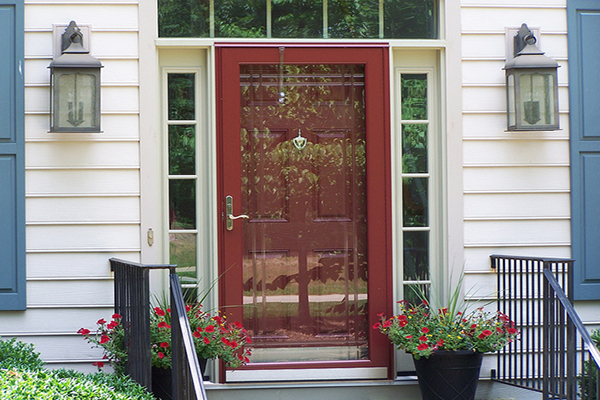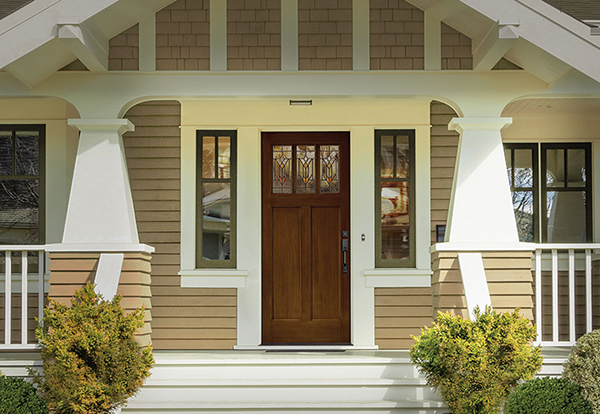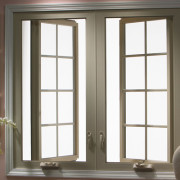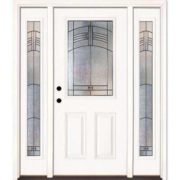How an Entry Door Can Help You Save on Your Energy Bills
Did you know that the average household in Delaware spends about $153.29 per month just on their home’s electric bill? And with energy costs rising every year, that number is only going to go up. But there are things you can do to offset those rising costs, and one of the most effective is to upgrade your entry door. In today’s blog post, we’ll discuss how an entry door can help you save on your energy bills.
Energy Loss
Your entry door is one of the places where heat loss and drafts can occur. In fact, studies have shown that as much as 30% of the heat in your home can be lost through doors and windows. So it stands to reason that if you upgrade your entry door to a more energy-efficient model, you could see a significant decrease in your energy bills. But how exactly do energy-efficient doors work?
Energy Efficient Doors
Most energy-efficient doors are made with two or three layers of material (such as steel, fiberglass, or wood) and are filled with insulation. This helps to create a barrier between the inside and outside of your home, which prevents heat loss and drafts. Additionally, many energy-efficient doors come equipped with weatherstripping and/or a threshold seal, both of which further help to reduce heat loss and drafts.
In addition to saving you money on your energy bills, an energy-efficient entry door can also make your home more comfortable. By keeping the temperature inside your home consistent, you can say goodbye to cold spots near doors and windows. And in the summer, an energy-efficient door will help keep the cool air inside your home where it belongs.



FAQS About Entry Door Energy Efficiency
What makes an entry door energy efficient?
Energy-efficient entry doors are designed to minimize heat loss and improve insulation. They typically feature multiple layers of insulation, a tight-fitting frame, weatherstripping, and energy-efficient glass panes (if they have windows). These features help keep your home warmer in winter and cooler in summer, reducing the need for excessive heating or cooling.
How can I tell if an entry door is energy efficient?
Look for doors with an Energy Star label, which certifies that the door meets energy-efficiency standards. Additionally, check the U-factor and Solar Heat Gain Coefficient (SHGC) ratings. A lower U-factor means better insulation, and a lower SHGC helps block heat from the sun. Both ratings are key indicators of an energy-efficient door.
Will an energy-efficient entry door lower my energy bills?
Yes, an energy-efficient entry door can help reduce your heating and cooling costs. By minimizing drafts and preventing heat transfer, the door reduces the amount of energy your HVAC system uses to maintain a comfortable indoor temperature, which can lead to lower utility bills.
What materials are best for energy-efficient entry doors?
Fiberglass and steel are the most energy-efficient materials for entry doors. Fiberglass doors offer excellent insulation due to their foam core, while steel doors can also be energy efficient when insulated properly. Both materials are durable and provide a tight seal to reduce air leaks.
How long do energy-efficient entry doors last?
Energy-efficient entry doors, particularly those made from fiberglass or steel, can last 20-30 years or more with proper maintenance. Regularly checking the weatherstripping, hinges, and seals, as well as repainting or refinishing when necessary, can help extend the lifespan of your energy-efficient door.
Conclusion
If you’re looking for a way to save money on your energy bills, upgrading your entry door is a great place to start. Energy-efficient doors are designed to reduce heat loss and prevent drafts, which can help keep your home more comfortable while also saving you money on your energy bill. So if you’re ready to start saving money, contact us today to learn more about our selection of energy-efficient entry doors!













Trackbacks & Pingbacks
[…] the added thickness provides better insulation against temperature changes, making them more energy-efficient.Soundproofing is another important aspect affected by door thickness. Thicker doors have greater […]
Leave a Reply
Want to join the discussion?Feel free to contribute!